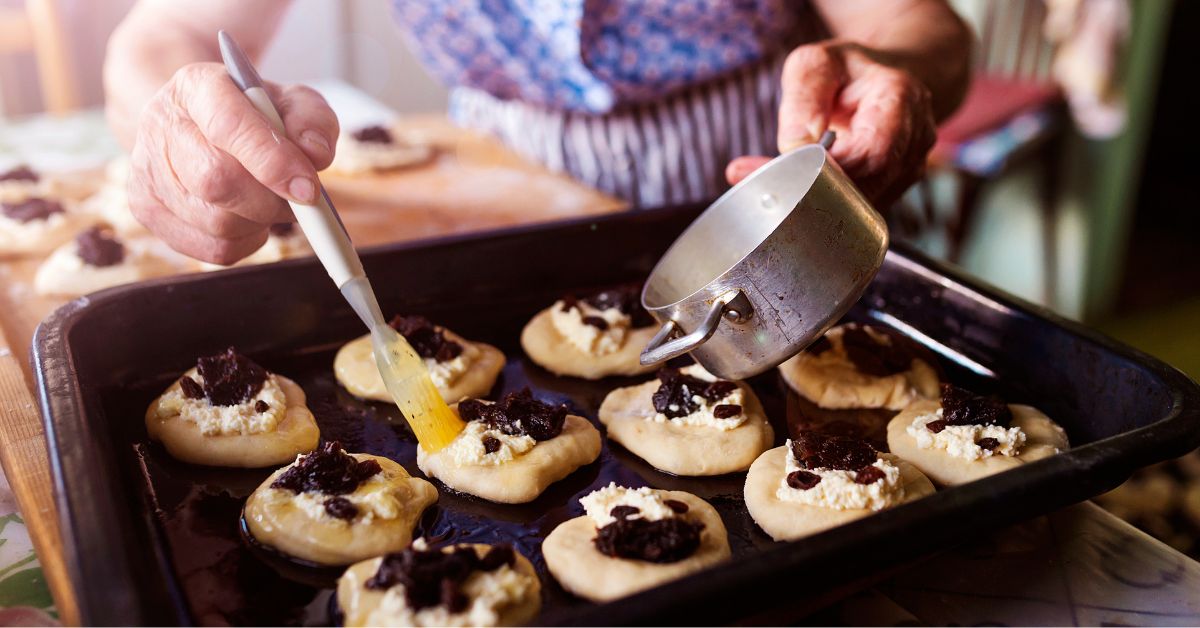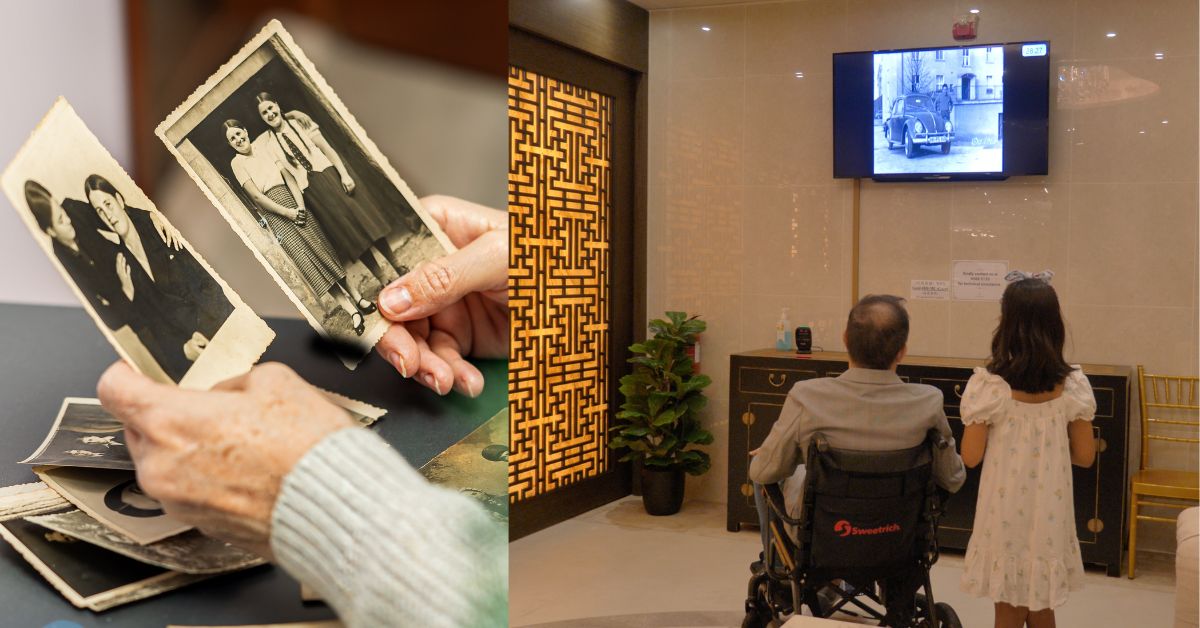
"They say you die twice. One time when you stop breathing and a second time, a bit later on, when somebody says your name for the last time."
Notorious British graffiti artist Banksy is often credited for a quote that – somewhat ironically, given their anonymity – illustrates a common fear for many:
Indeed, death, and the great beyond, is scary, and the knowledge that our lives and all of its wonderful, infinitesimal intricacies might eventually be lost to time fuels this fear.
It’s no wonder that many go all out to leave an indelible mark in the world, whether by excelling in their professional careers, writing great music, or dedicating their time and money to humanitarian causes.
Yet, leaving a legacy that lasts doesn’t require magnificent achievements or grand monuments.
It can be as simple as passing on treasured memories to those who matter – in whatever medium that best captures the encounters, experiences and connections you’ve made in your allotted time on the planet.
Advertisement
Chronicling the past
For some seniors, legacy preservation often takes the form of chronicling family history.
"It was one of the first things I set my mind on doing after I retired,"
says Susie Lim, 64.
"I was from a large family with 12 siblings in a small kampong in Alor Setar. Each of us made something of our lives in our own way, and have moved into all four corners of the world."
"To me, there’s probably enough to write a whole book on each of us, but I’ve decided to cram it all into a single book, to capture our unique family history in a simple way that we can pass around during family gatherings,"
she adds.
To her, chronicling the stories of her late parents was a way to honour their hard work and sacrifices, while etching in stone all the nitty gritty details that made her childhood uniquely hers.
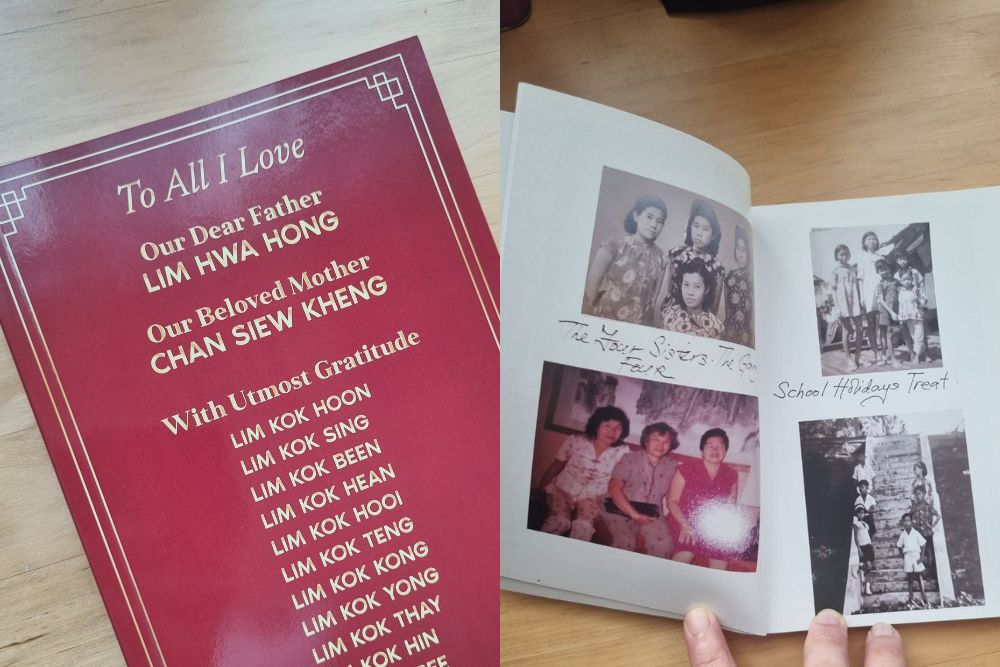
"Surviving on just our father’s taxi driver salary, running out of money towards the end of the month, having chicken just once a year during Chinese New Year – if you were to just tell your children about it, it’s just a bedtime story to them, and they’ll eventually forget. This is a way of making it permanent,"
she says.
Heritage family recipes documented
An aspect of personal legacy that often isn’t as well-documented is the handed-down family recipe, typically an oral tradition with ‘agak-agak’ (estimated) quantities of spices and ingredients.
This can make recreating familiar flavours exceedingly difficult after loved ones have passed away.
The onus of getting such recipes – with pinches and dashes turned into quantifiable amounts – often falls onto relatives or friends eager to preserve treasured culinary traditions.
One example for retiree Vivian Kee, 55, is her late mother’s recipe for soon kueh, a Teochew steamed dumpling characterised by a springy, chewy skin stretched diaphanously thin over stir-fried vegetable fillings.
"It’s a classic Teochew dish that’s very difficult to get right, as you want the skin to be as thin as possible without breaking. Although my mum would always estimate the proportion of different flours by hand, it has to be very precise to get the skin with the right texture and strength,"
she says.
"I was lucky that I started early enough to be able to practise a few times together with her."
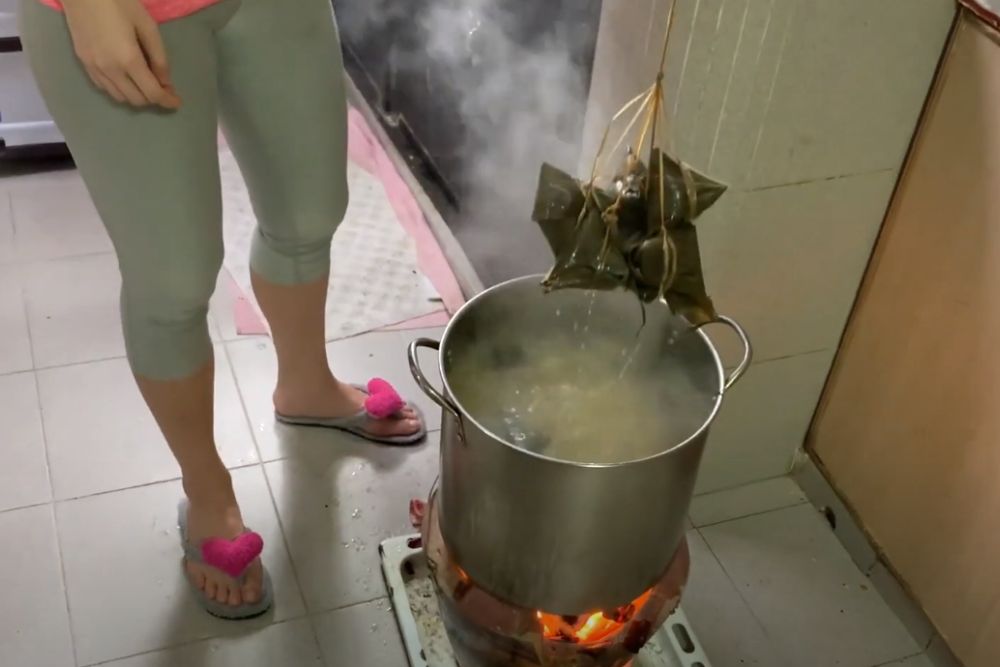
Some of these recipes are inextricably tied to convivial festive events. Jocelyn Wan, 31, managed to put to paper a few “key recipes” from her grandmother’s repertoire before she passed away this year.
These include traditional hand-wrapped Nyonya bak chang (rice dumplings), kueh bahulu (Malaysian egg cake) baked over charcoal, and pineapple tarts.
"Chinese New Year and dumpling season festivities are very special for us, as that’s when the whole family would come together to help our Ah ma (grandmother) prepare traditional eats for everyone,"
she says
"As she began to show signs of age and couldn’t cook with the same energy as before, we were worried that some of the traditions like making kueh bahulu with charcoal would be lost."
"Hopefully, by keeping up with festive traditions and cooking the food she managed to teach us together – even though it doesn’t taste as good as when she made it herself – we’ll be able to recapture that sense of familial warmth from our childhood,"
she adds.
Legacy videos to capture memories
Legacy videos are another way of permanently capturing an individual’s personality, anecdotes and accomplishments in a format that, most importantly, can be easily shared with and understood by people unfamiliar with the subject.
FewStones, a Singapore-based video production company, provides legacy video services using a mix of recorded interviews, photographs, documents, maps and other memorabilia.
Their website states that creating legacy videos is important as you can “immortalise the achievements made by a person or a company” while sharing “stories and experiences which connect people for a lifetime”.
However, the concept of a curated legacy video remains relatively novel and, to the superstitious, is a taboo subject as it requires planning ahead of one’s time.
"I think it’s one of the great things we can do with technology – to use personal photographs and videos to show our descendants how their ancestors really were."
Lina Ong, one customer of columbarium Goldhill Memorial Centre who reserved her spot in her early-50s says,
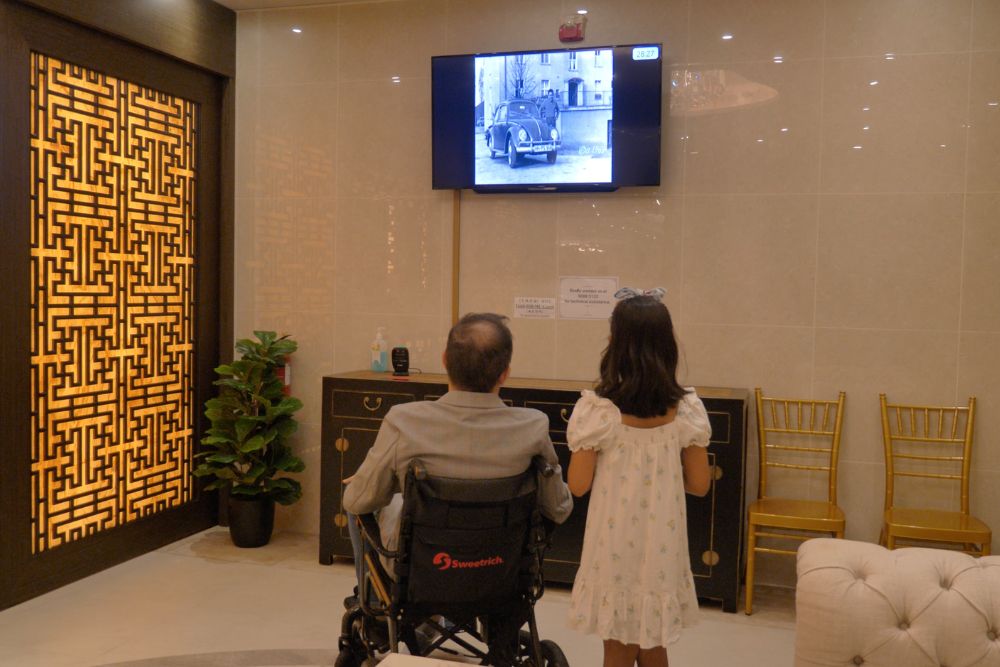
Through videos, authenticity and perspective are delivered in more relatable fashion versus a photo in a newspaper. With voice, you also hear it from the person directly, rather than hearsay that tends to go through the “broken telephone” and may need to be discounted in large measure.
Goldhill Memorial Centre opened in February last year, and styles itself as Singapore’s first smart columbarium. Its services include automated urn retrieval for viewing in private rooms, as well as the creation of digital tributes.
CEO Hoo Hung Chye tells us that they’ve seen a noticeable shift in customers’ sentiments about preparing ahead for death.
About 20% of their customers have taken up the digital tribute service, either by actively documenting the lives of ageing loved ones in preparation for their demise, or by preparing photographs and videos for themselves.
"Goldhill Memorial Centre is committed to using modern technology to foster stronger intergenerational connections and celebrate a life well lived,"
says Hoo.
"We hope these legacy videos will help customers to forge a connection with their descendants and preserve precious memories for generations to come."
This article is written in collaboration with Goldhill Memorial Centre.

